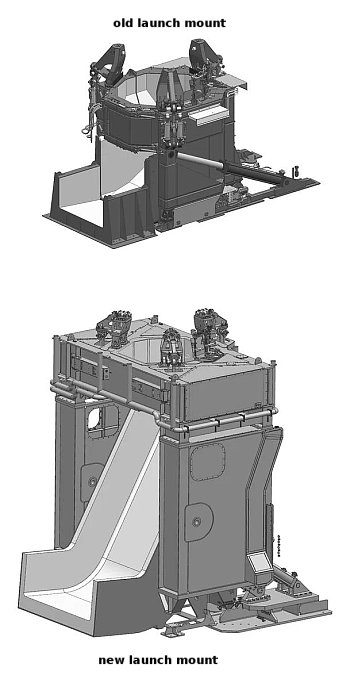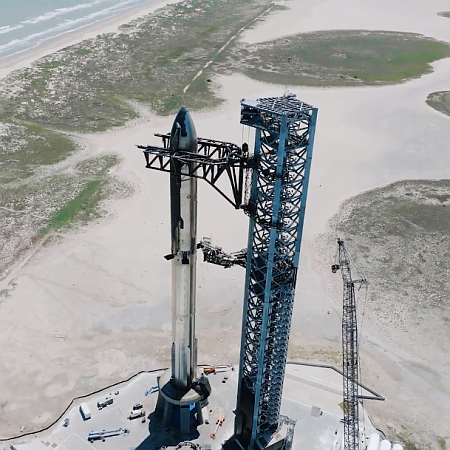The Netherlands signs Artemis Accords
Confirming what it announced in early October, the Netherlands yesterday officially signed the Artemis Accords, becoming the thirtieth nations to join.
The full list of signatories to the Artemis Accords is now as follows: Argentina, Australia, Bahrain, Brazil, Canada, Columbia, Czech Republic, Ecuador, France, Germany, India, Israel, Italy, Japan, Luxembourg, Mexico, the Netherlands, New Zealand, Nigeria, Poland, Romania, Rwanda, Saudi Arabia, Singapore, South Korea, Spain, the United Kingdom, the United Arab Emirates, the Ukraine, and the United States.
We now have the rough outline of the national alliances that will compete with each other in space. On one hand are the nations above, generally from the west with a larger focus on private enterprise and ownership. On the other hand are the authoritarian nations, led by China and Russia with a few failed communist nations like Venezuela.
Confirming what it announced in early October, the Netherlands yesterday officially signed the Artemis Accords, becoming the thirtieth nations to join.
The full list of signatories to the Artemis Accords is now as follows: Argentina, Australia, Bahrain, Brazil, Canada, Columbia, Czech Republic, Ecuador, France, Germany, India, Israel, Italy, Japan, Luxembourg, Mexico, the Netherlands, New Zealand, Nigeria, Poland, Romania, Rwanda, Saudi Arabia, Singapore, South Korea, Spain, the United Kingdom, the United Arab Emirates, the Ukraine, and the United States.
We now have the rough outline of the national alliances that will compete with each other in space. On one hand are the nations above, generally from the west with a larger focus on private enterprise and ownership. On the other hand are the authoritarian nations, led by China and Russia with a few failed communist nations like Venezuela.









